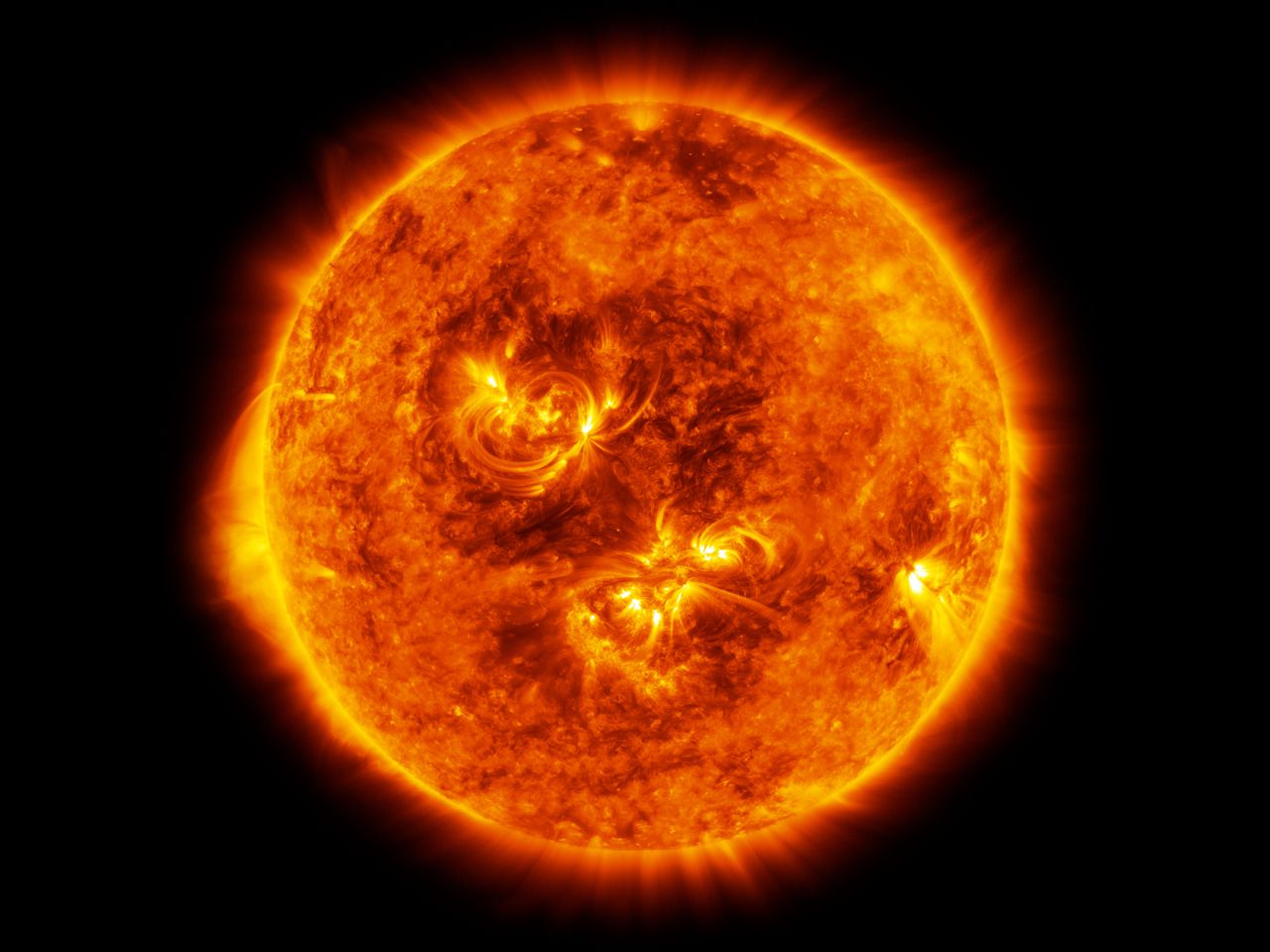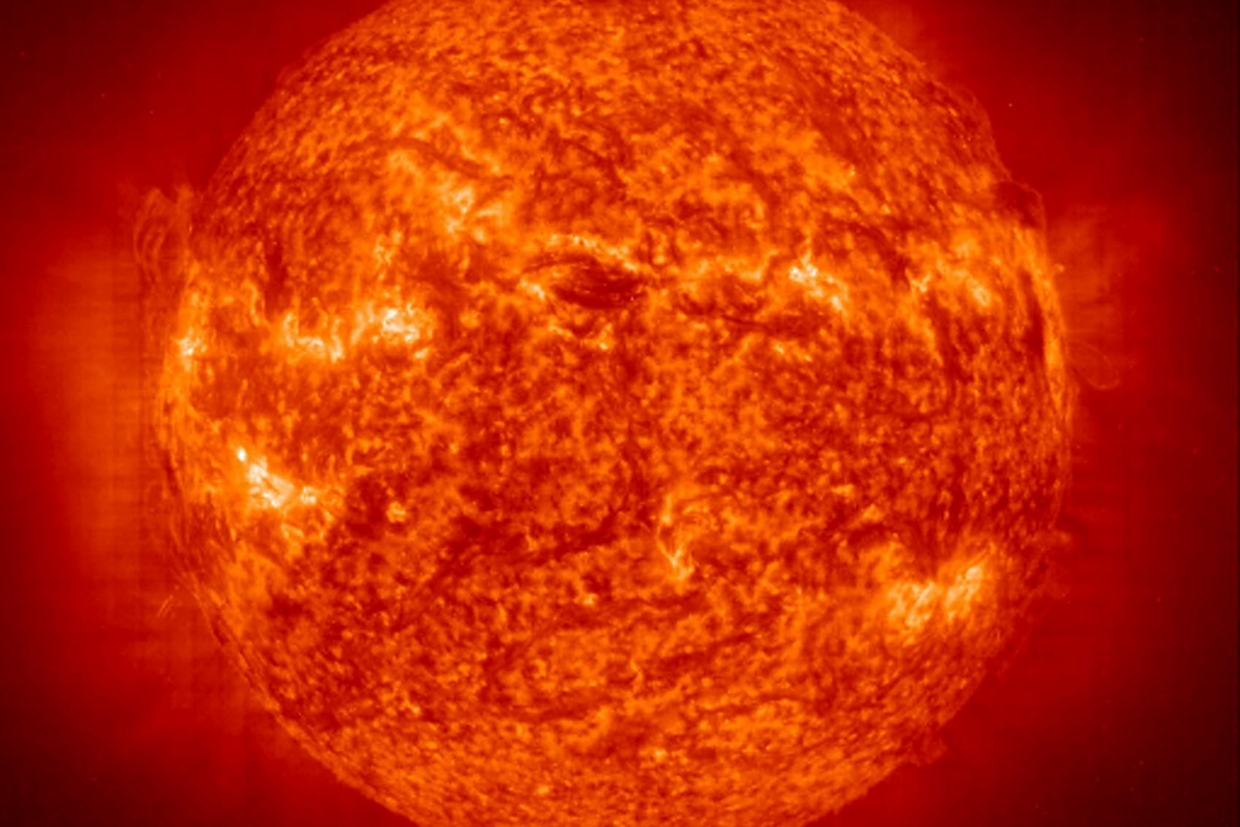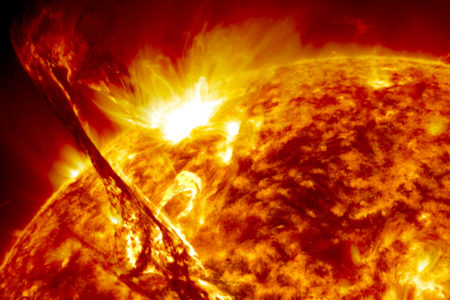The Sun vibrates. Its surface of liquid plasma is rippled with waves and vortex. We never stop learning. We never stop discovering new things. Our shiny star always donates us some new surprise, if we go on watching it. The Sun vibrations are only one of the last discoveries about our Star. Let’s see together what are we talking about.
The observation of the Sun
The sun is our star. It was admired and venerated by all the people. Even the most ancient ones understood its important role for our existence. The sun is life.

We think we know it. It’s there on the top firing in the sky. All the days it rises and all the nights it dawns. Probes, satellites and any kind of instrumentations observe it for decades. However we never stop to discover something new.
Between the many scientists and astrophysicists that every day tireless and timeless “observe” the Sun, there are the researchers of the Max Planck Institute for Solar System Research. Right a group of solar physicists of the Max Planck Institute, leaded by Laurent Gizon, are the authors of the discovery published on the Astronomy and Astrophysics: the sun vibrates!
The Sun vibrations observed by the solar physicists
The sun makes many movements: it sounds, vibrates, shakes itself, stirs, ripples. Many movements were already observed in the past and we already carefully studied them.

By the way the kind of vibrations discovered by the team of the Max Planck are completely new and we never observed them before.
These vibrations have long periods, comparable with the complete cycle of rotation of the star. Furthermore, it seems that they cover the whole sun surface.
The vibrations observed appear like big sun vortex that rotate at a speed of about five kilometers per hour.
These vibrations create massive waves that move the liquid material on the surface of the Sun. They even produce a strange sound.
These observations were possible thanks to the probe of the NASA Solar Dynamics Observatory. Therefore, the quantity of datas collected to be then studied by the researchers is massive and includes a period of time of about ten years.
Why does the Sun vibrate
After carefully studied the datas collected even by using graphic simulations, the solar physicists came to the conclusion that, these vibrations, are the result of a uneven rotatiion of the sun.
The Sun isn’t a solid and uniforme body as the Earth, but it’s gaseous and, for this reason, it moves with different speeds on the Equator unless than on the Poles.
A different kind of vibration were known already since the ’60s. They last about five minutes and they emits a sound similar to a bell that vibrates. To produce them are the plasma flows that move on the surface.
Thanks to the observation of the plasma flows and of the Sun vibrations it was possible to map the Sun rotation. By the way, we still didn’t see vibrations so long as the one we are talking about. Even if they were already theorized.
The long period vibrations of the Sun
It was predicted that the Sun must have period of vibrations much longer of the ones observed until now, so the discovery of the Max Planck Institute was a success in the world of astrophysic.
“The long period vibrations depend on the Sun rotation. But to identify them it was needed to measure the horizontal movements on the surface of our star for many years”, explains Gizon.
“The computational models allowed us to see inside the Sun and to formulate hypothesis about the threedimensional structure of the vibrations.
Discover and study a new kind of sun vibration is very interesting, because it allows us to formulate deductions about complex properties not much known of our star”, said Kiran Jain, of the National Solar Observatory.
This post is also available in:

